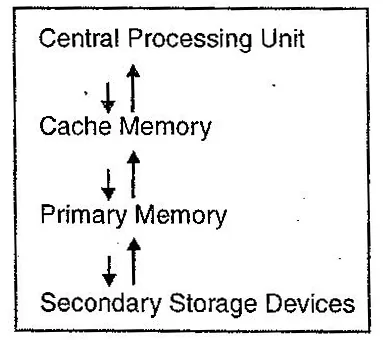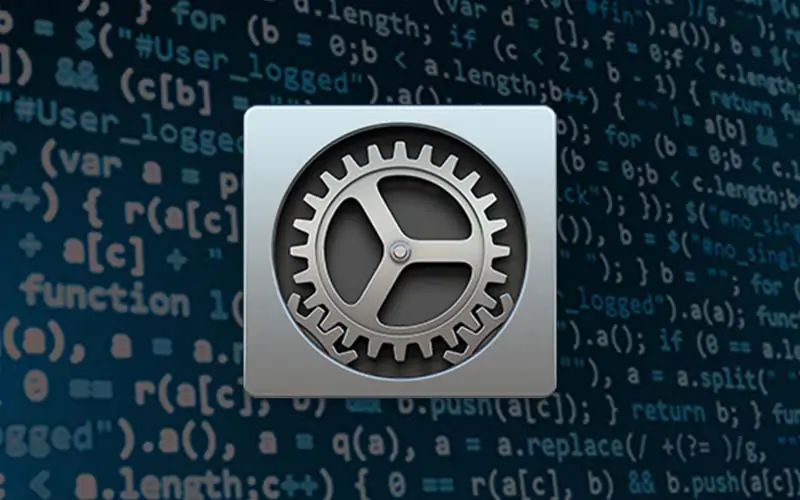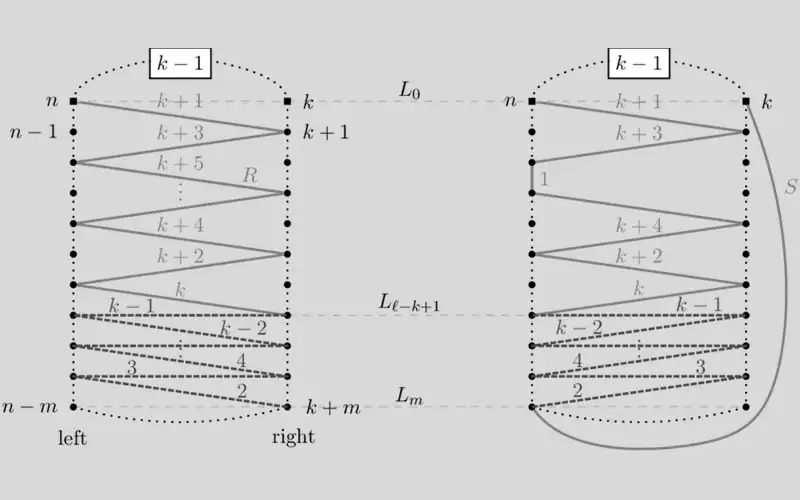Explain the Memory and Storage Devices of Computer.
Computer accepts data through various input devices. The control unit controls its entire operation including its input and output devices. After the data is received it is processed by ALU by applying various numeric and logical operations on it according to the commands.
Memory unit, like CU and ALU, is also an important part of a computer. Unlike our memory, computer’s memory is a physical device. It helps to store data and information in form of bits and bytes, for processing and future retrieval. The data and programs that are in use are stored temporarily or permanently in the memory as per the need and type of memory used. CPU uses memory for fast retrieval of data and information. It is used all the time when the computer is functioning.
The main functions of the memory are storage and retrieval, called memory write and memory read operations accordingly. All the data received through input devices, the programs to be run and intermediate results are stored in the memory. Memory can be ranked according to following features:
Access time: This is the time taken by the CPU to locate a particular data in the memory. According to the need the data is retrieved. Always fast access time is given preference over slow access time as it enhances the speed of processing.
Storage capacity: The storage capacity refers to the amount of data which can be stored in the memory. A storage device which can hold large amount is preferable.
Cost per bit of storage: Cost here means the cost of a storage unit for a given storage capacity. We prefer lower cost per bit of storage.
We can categorize the memory as follows:
Processor’s internal CPU memory: We have read about registers present in the processor in previous chapters. These serve as temporary memory locations for data processing.
Primary/Main memory/Semiconductor memory: These have small storage capacity, cost of storage per bit is higher and have faster access time. Here access time means the time taken by the CPU to access a particular location in the memory. Example RAM, ROM.
Secondary/Auxiliary memory/Magnetic memory/Optical memory: This kind of memory has a larger storage capacity used for long, time storage of data, and programmes which need higher capacity of storage such as multimedia files.
The cost of storage per bit is low and the access time is medium. It is also called non-volatile memory because it can hold the data even after the computer is switched off. Most commonly used secondary storage is the hard disk. When data from the secondary storage devices is to be processed, it has to be shifted first to the main memory as CPU cannot access these devices directly. Secondary storage devices such as CDs can be used as optical storage. They serve better at a lower cost.
As we see that we need a larger sized storage device to store a big amount of content. But it increases the access time. To overcome this disadvantage, cache memory can be used in between the CPU and the main memory. Cache memory increases the speed of processing as it makes data available for the CPU to read at a higher speed rate. Though it is small memory but enhances the speed of processing. It actually acts as a buffer between the CPU and main memory.
Hierarchy of memory when cache is used can be shown as below:

All the storage devices can be categorized on the following basis:
- Semiconductor Memory
- Magnetic Memory
- Optical Memory




